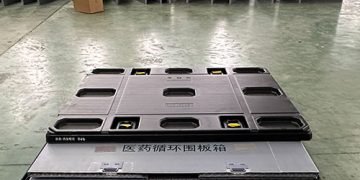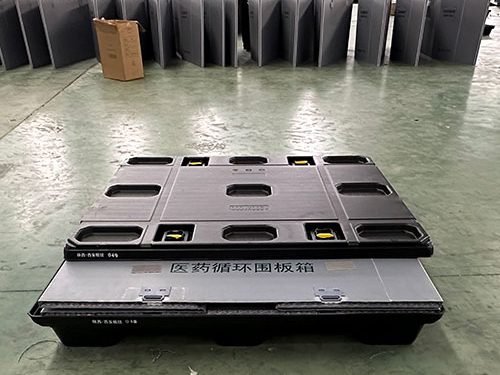By Maria Kalamatas | August 7, 2025
Agadir —
On a citrus farm just outside Agadir, stacks of foldable crates are being loaded into a truck. They aren’t headed to the landfill. They’re going to Valencia — and they’ll be coming back.
Across Morocco’s agricultural export sector, a growing number of producers are turning to reusable packaging systems, a shift that’s cutting costs, reducing waste, and slowly changing how fresh produce reaches European markets.
“Before, everything left in cardboard or foam,” says Karim Belkadi, a cold chain coordinator for an export cooperative. “Now, 40% of our packaging comes home.”
A new rhythm in circular logistics
The crates — designed for over 40 use cycles — are part of a closed-loop system coordinated between Moroccan exporters and Spanish importers. After delivery, the units are collected, cleaned, and sent back on return trucks that would otherwise move empty.
The model isn’t flashy. But it works.
In some clusters, particularly in Souss-Massa, the reuse rate of packaging has doubled since last year.
“It’s not about being green for marketing,” explains Belkadi. “It’s just smart. We save money, and our customers like the consistency.”
Logistics firms catching up
At the port of Tanger Med, a local freight handler has installed a basic cleaning unit to rinse and prep returnable boxes on-site. It’s not automated. There’s no AI. Just water, staff, and routine.
But for the supply chain, it makes all the difference. Exporters no longer need to wait weeks for crates to come back.
One operator managing return logistics between Spain and Morocco put it bluntly:
“Sometimes innovation is just doing old things better.”
Beyond produce
The model is spreading. Two seafood cooperatives near Dakhla are now testing similar crate systems for fresh fish exports to France. And in Casablanca, a pilot for reusable garment boxes is underway with a textile manufacturer shipping to Portugal.
There are challenges, of course. Loss, theft, and washing logistics all come into play. But the benefits — fewer single-use materials, less customs waste, and lower repacking costs — are pushing the trend forward.























